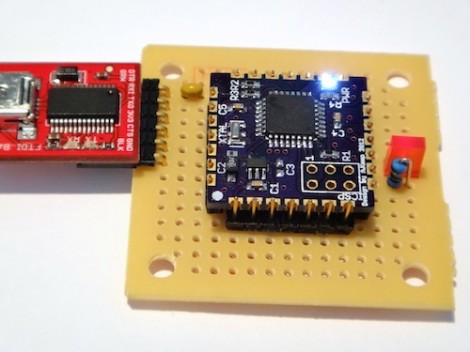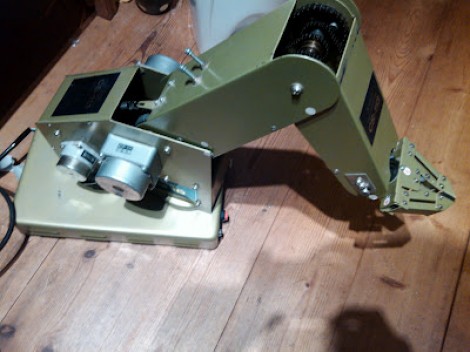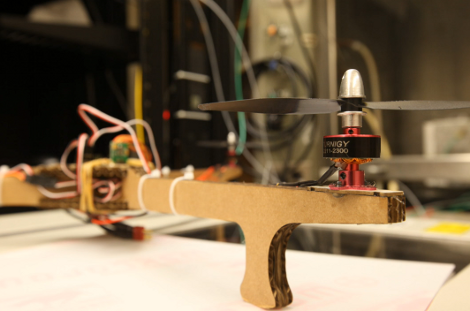
[Adam] was tired of plopping the same components over and over into his Arduino-based designs. He spent part of his weekend laying out a small board that would host everything he needed and could be built as a single component for all future projects. Above you can see the project he calls SMDuino, an Arduino clone that can be used as a surface mount part.
The contacts on four sides of the board break out the pins. They’ve been designed with 0.1″ pitch which means they will work with standard pin headers. But since they’re plated through from top to bottom they are easy to solder to surface mount pads as well. The project is open source, so you can order your own boards (he used DorkBot PDX) or email him if you want to get in on a pre-order. That is for unpopulated PCBs only. But there’s few components used here so it’s pretty inexpensive to throw together. You’ll need four caps, four resistors, a crystal, an LED, the ATmega*8 of your choice (an ATmega328 is used here), and a low dropout regulator. Of course it is possible to go without the crystal oscillator.
Does this remind anyone else of the Basic Stamp 2?














